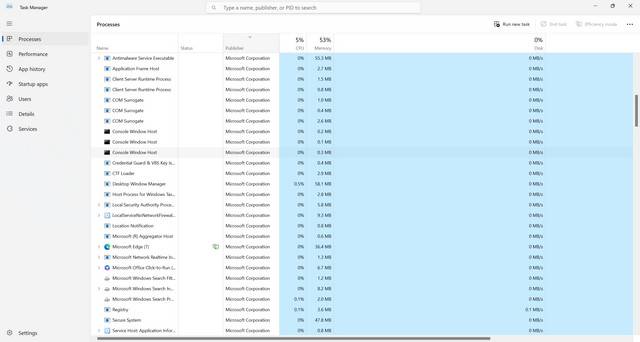3dsmax.exe is a file associated with Autodesk 3ds Max, a popular software used for 3D modeling, animation, and rendering. If you have this file on your computer, it is likely that you have Autodesk 3ds Max installed. However, it is important to understand what this file does and whether it is safe to keep it on your system.

What is 3dsmax.exe?
3dsmax.exe is the main executable file for Autodesk 3ds Max. It is responsible for launching the software and handling various tasks related to 3D modeling, animation, and rendering. This file is an essential component of the Autodesk 3ds Max software and should not be removed if you intend to use the program.
Autodesk 3ds Max is widely used in industries such as architecture, gaming, film, and television production. It offers a wide range of tools and features that allow users to create realistic 3D models, animations, and visual effects. 3dsmax.exe is the entry point to access all these functionalities.
Is 3dsmax.exe Safe?
3dsmax.exe is a legitimate file associated with Autodesk 3ds Max and is generally safe to have on your computer. However, it is important to ensure that the file you have is not infected with malware or any other malicious software.
If you suspect that 3dsmax.exe or any other file on your computer may be infected, it is recommended to run a scan with a reliable antivirus or anti-malware software. One such software is Malwarebytes Free, which is known for its effectiveness in detecting and removing malware.
Running a scan with Malwarebytes Free can help identify any potential threats on your system, including malware that may disguise itself as legitimate files like 3dsmax.exe. It is always better to be safe than sorry when it comes to computer security.
How to Determine if 3dsmax.exe is Legitimate?
If you want to verify the legitimacy of the 3dsmax.exe file on your computer, you can follow these steps:
- Open the Windows Task Manager by pressing Ctrl + Shift + Esc or by right-clicking on the taskbar and selecting “Task Manager.”
- In the Task Manager, go to the “Processes” or “Details” tab.
- Look for the “3dsmax.exe” process in the list. If you find it, right-click on it and select “Open File Location.”
- This will open the folder where the 3dsmax.exe file is located. If the folder is in the Autodesk 3ds Max installation directory (usually in “C:\Program Files\Autodesk\3ds Max”), it is likely to be legitimate.
If the 3dsmax.exe file is located in a different folder or if you are unsure about its legitimacy, it is recommended to scan it with an antivirus or anti-malware software like Malwarebytes Free.
Conclusion
3dsmax.exe is an essential file associated with Autodesk 3ds Max, a widely used software for 3D modeling, animation, and rendering. It is generally safe to have this file on your computer as long as it is not infected with malware.
If you suspect any malicious activity or want to ensure the legitimacy of the 3dsmax.exe file, it is recommended to run a scan with a reliable antivirus or anti-malware software like Malwarebytes Free. This will help identify and remove any potential threats, providing you with a secure computing environment.
Remember, always prioritize the security of your computer and regularly update your antivirus software to stay protected against the latest threats.










